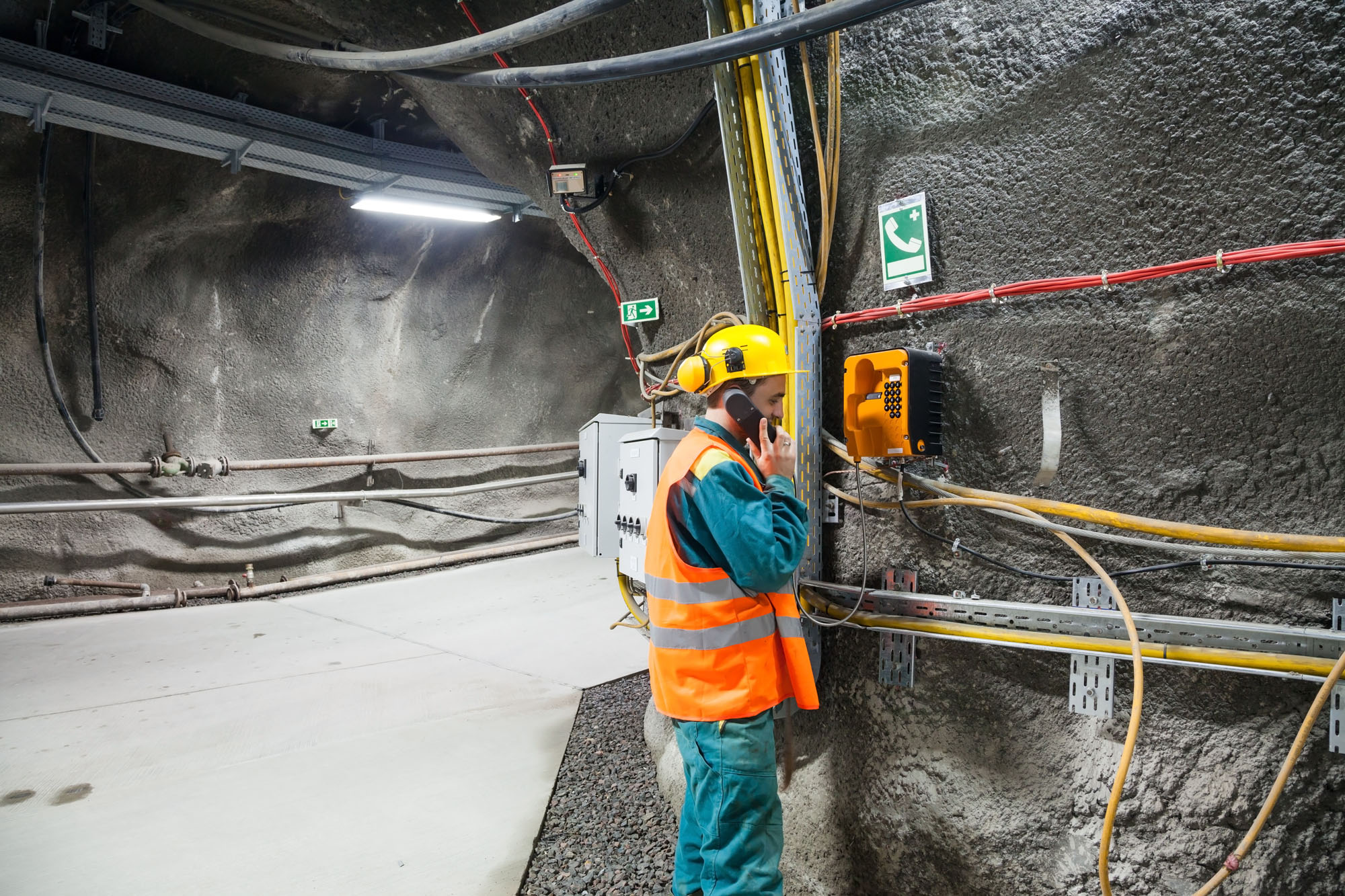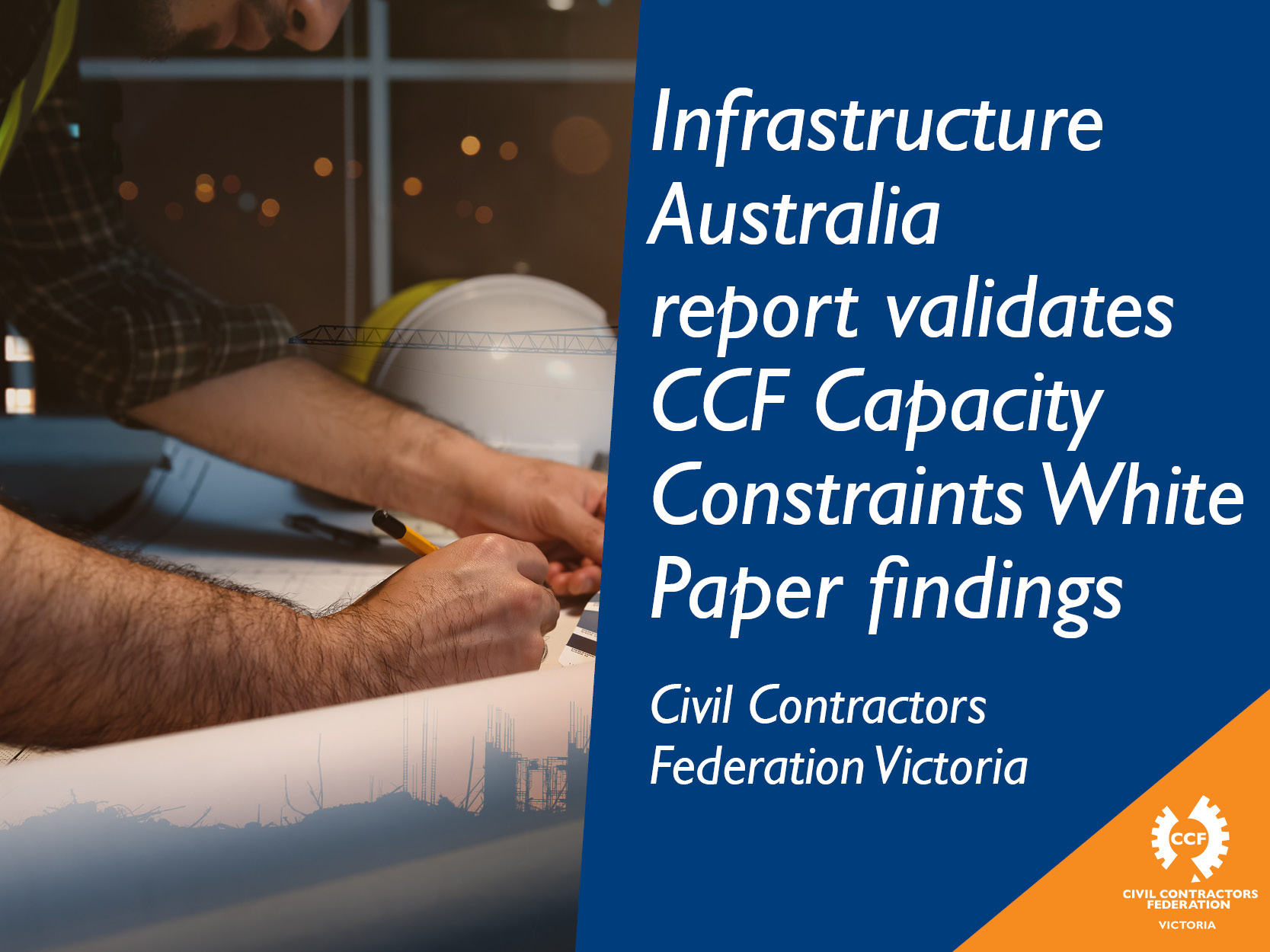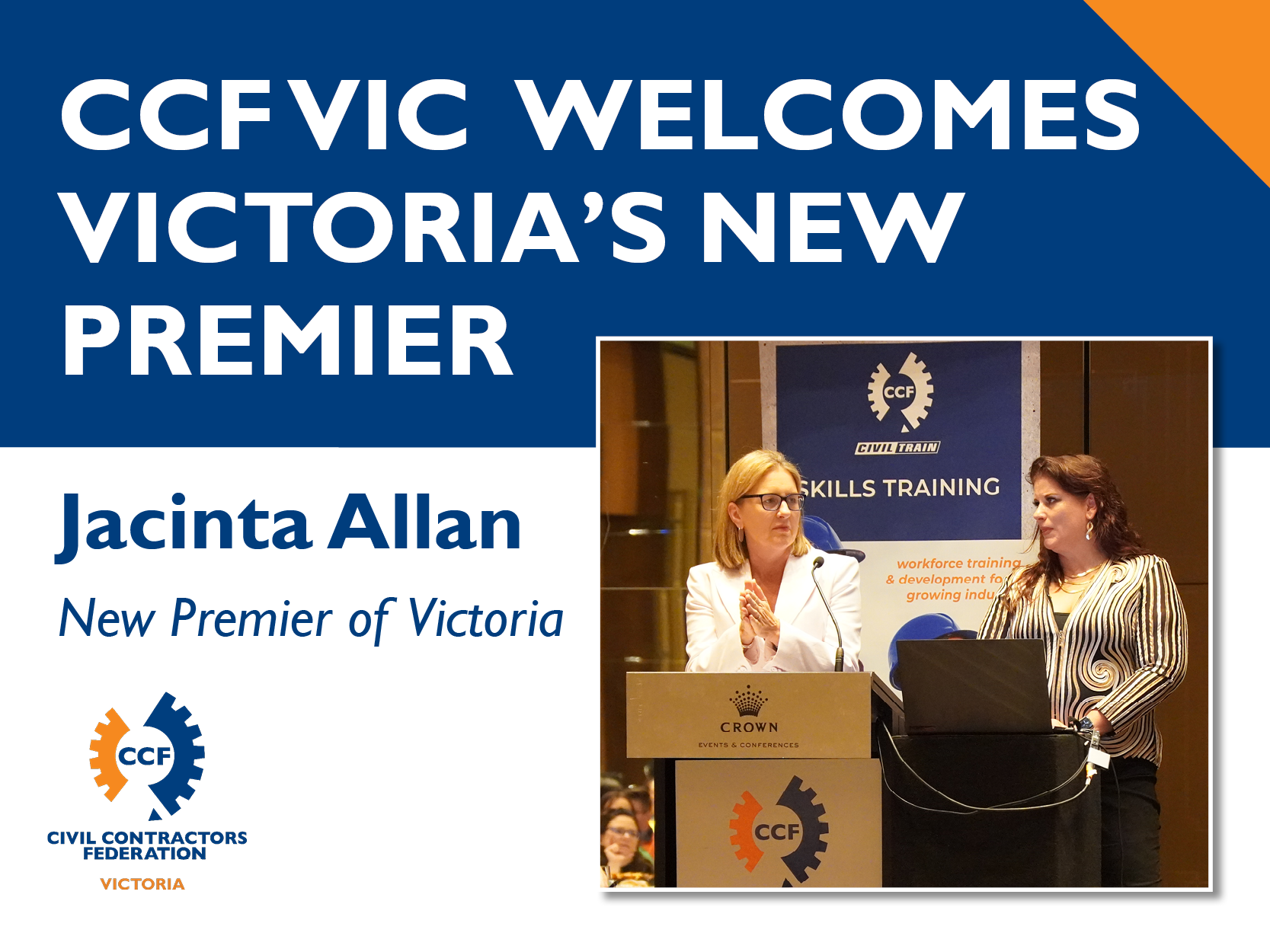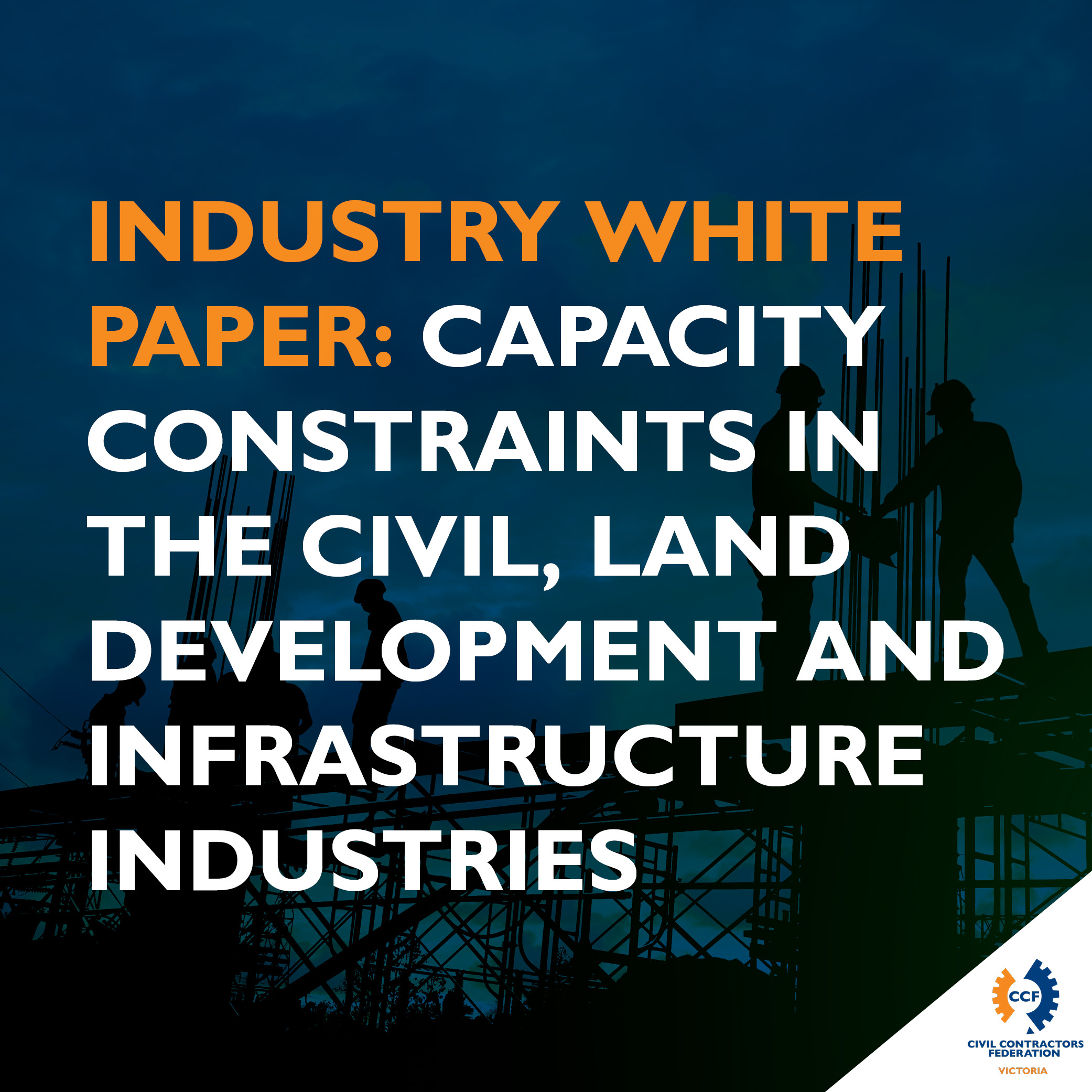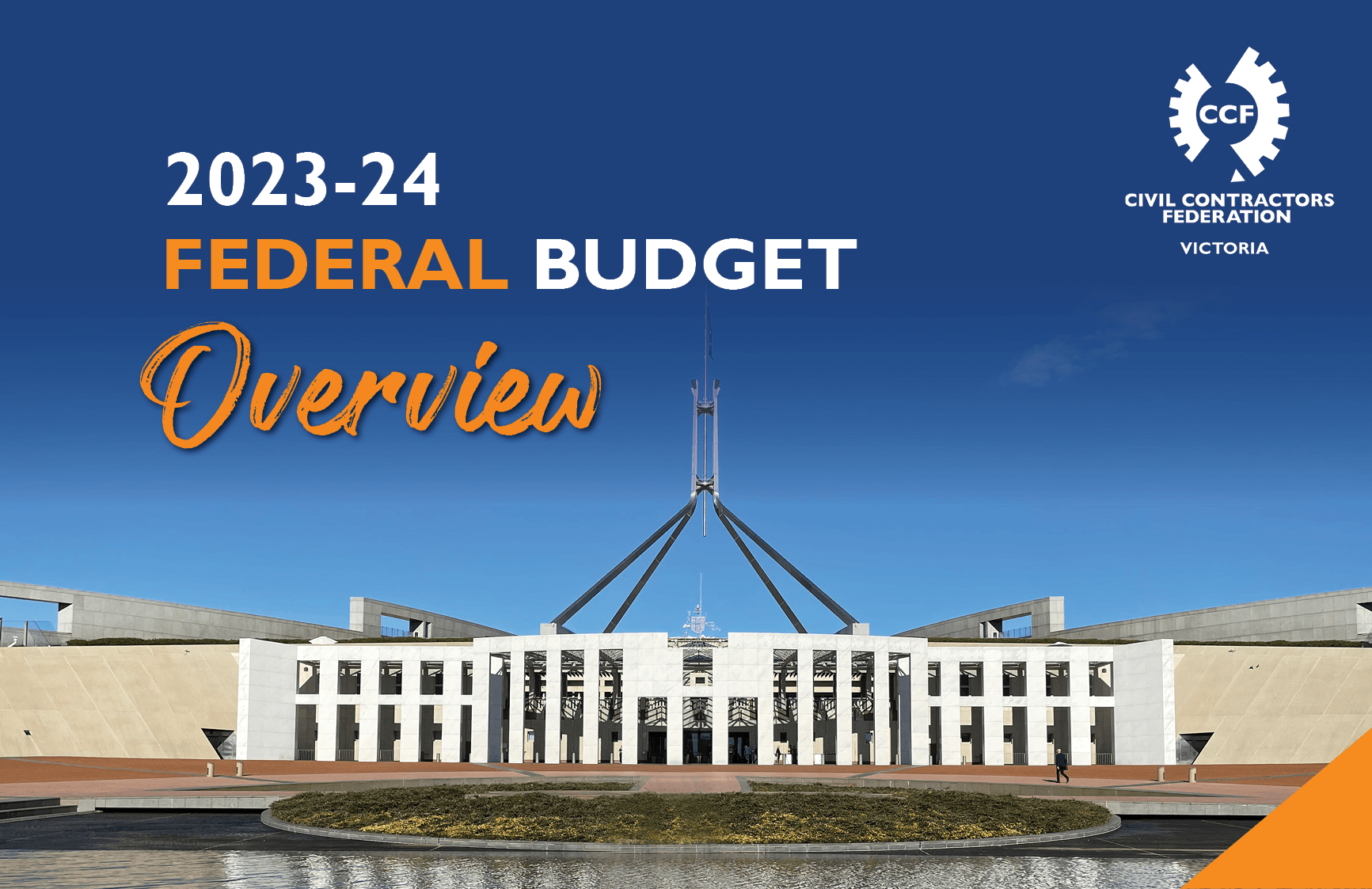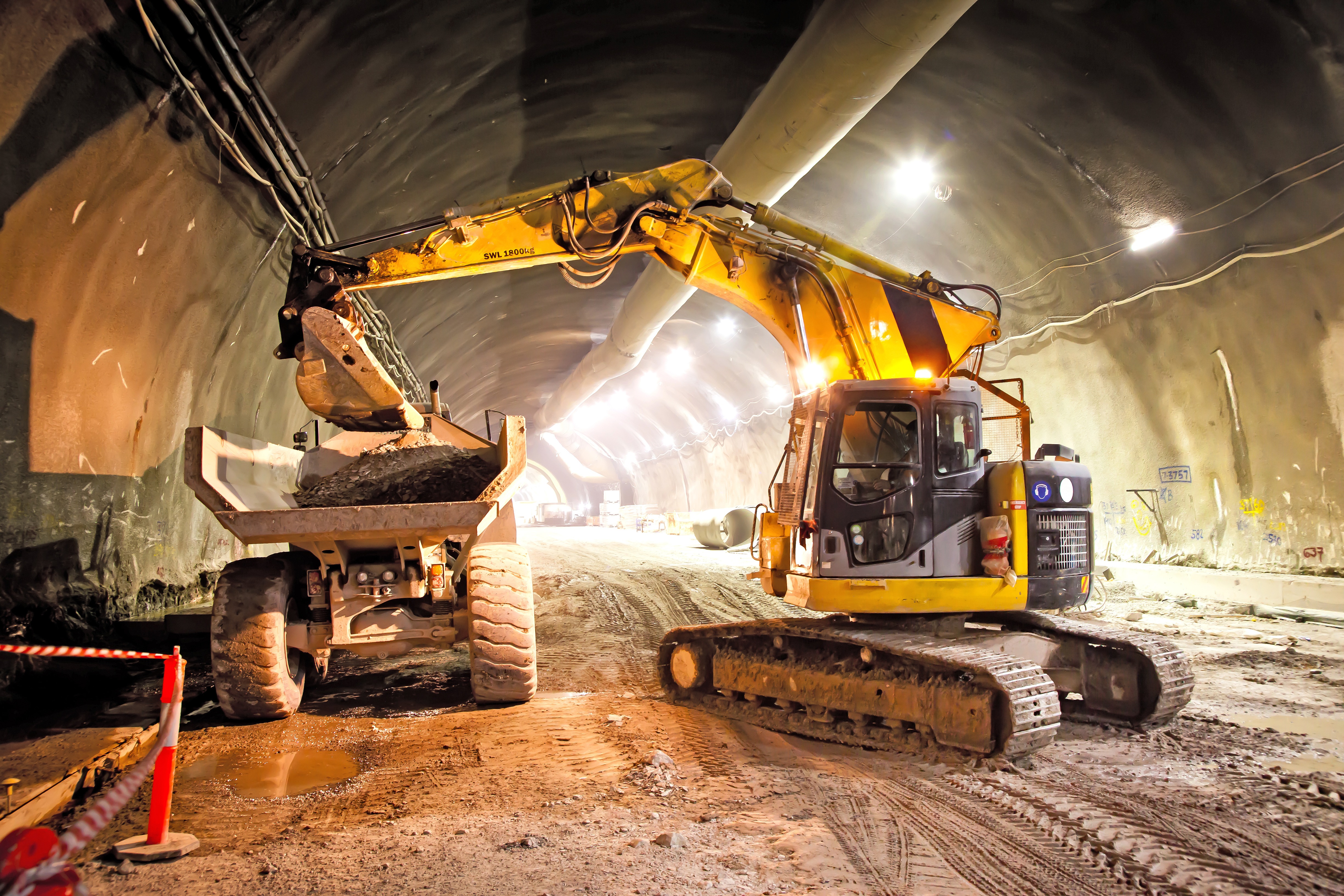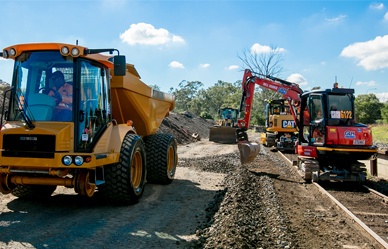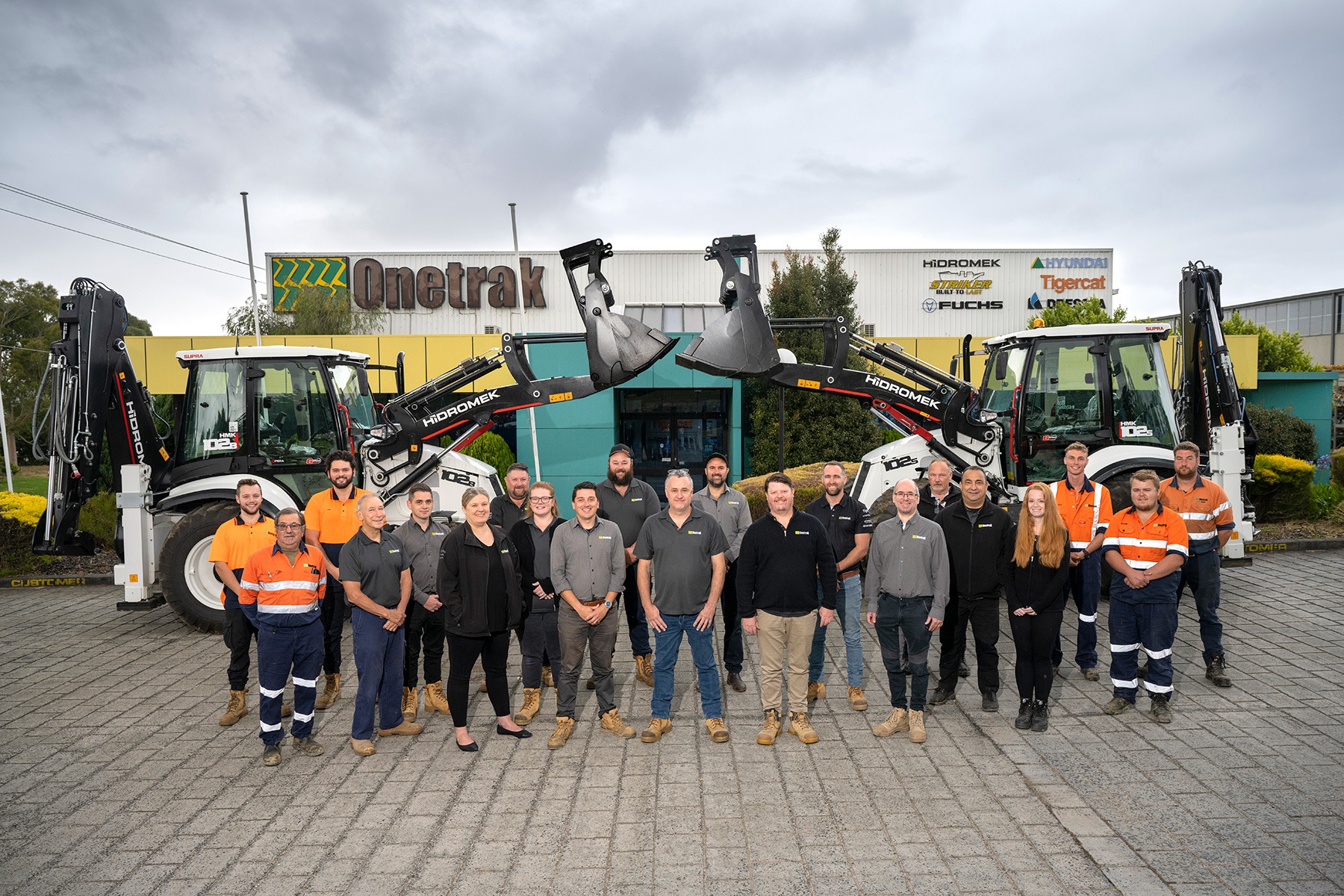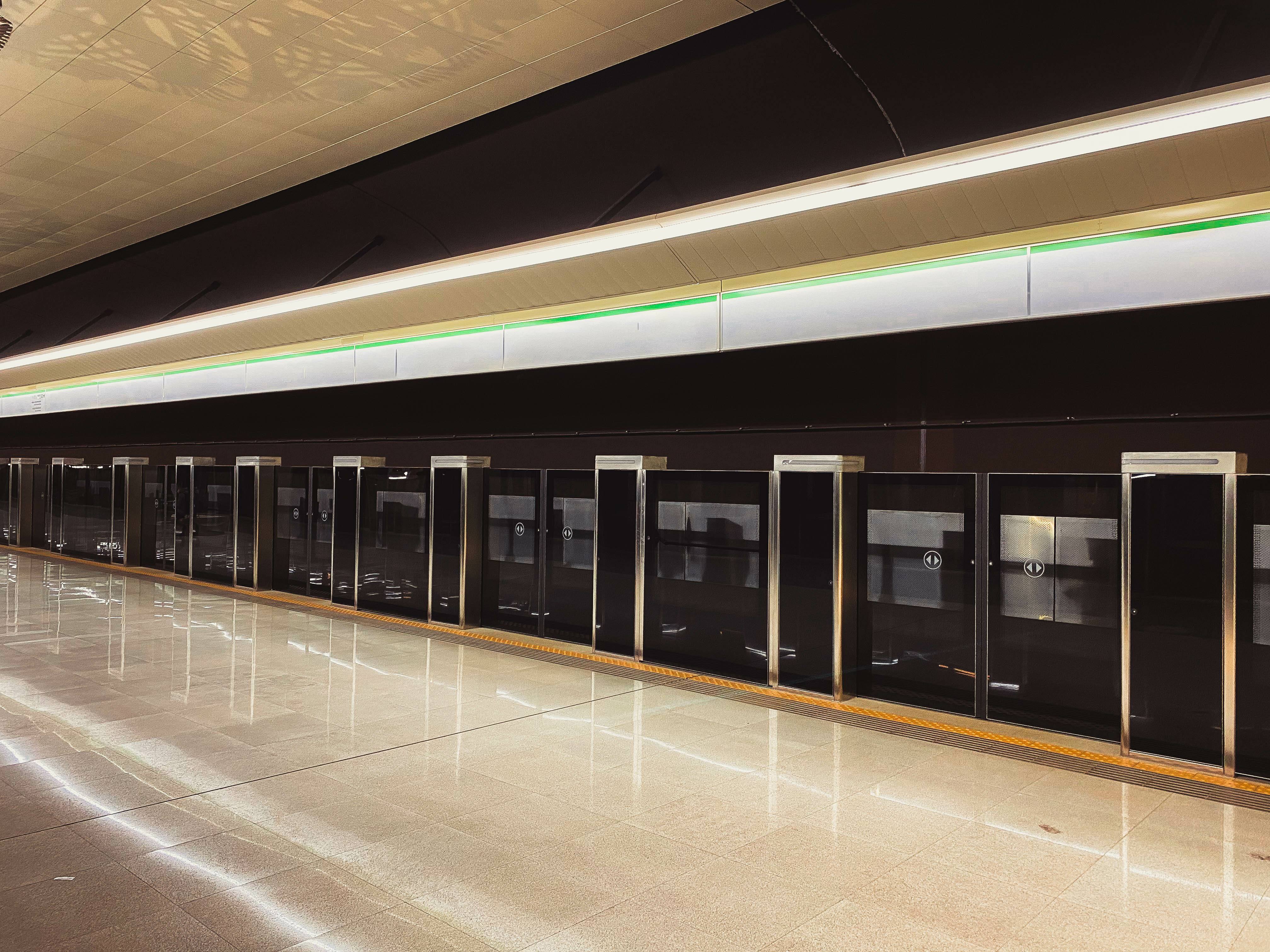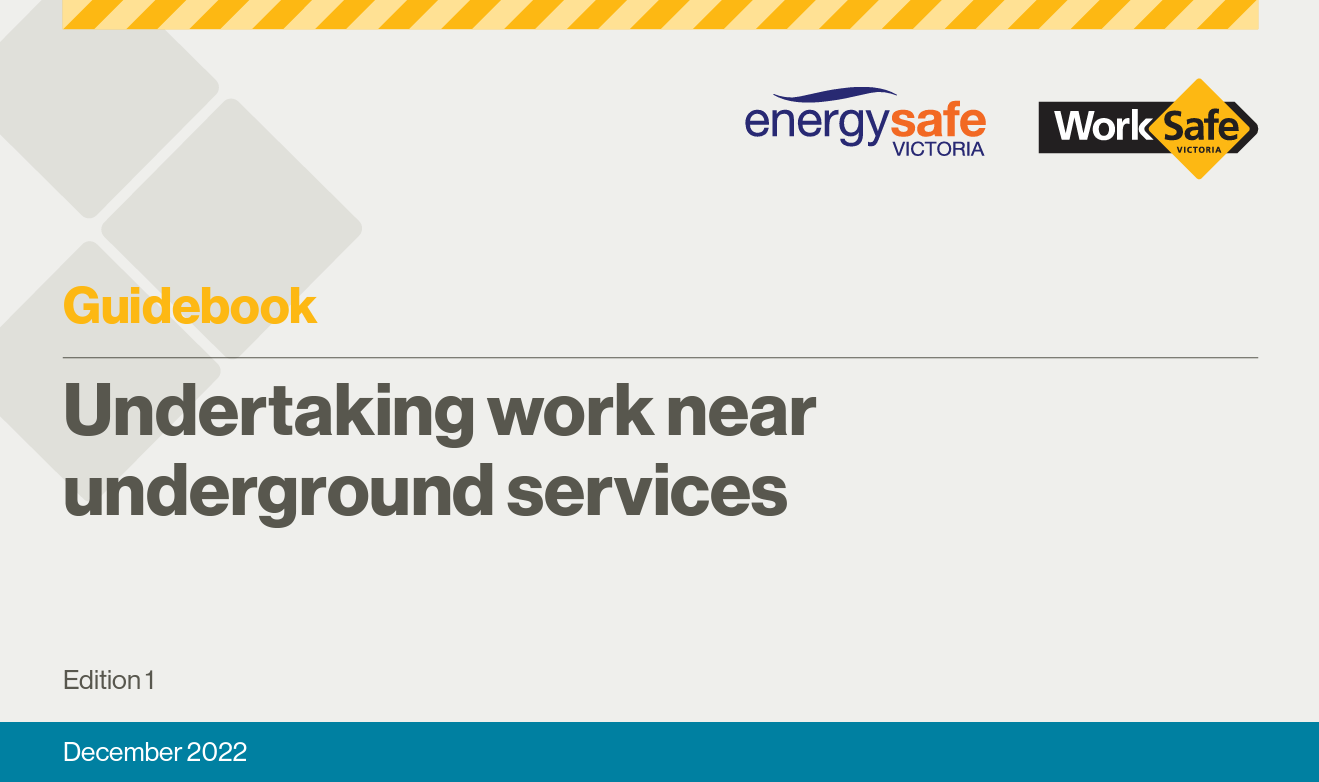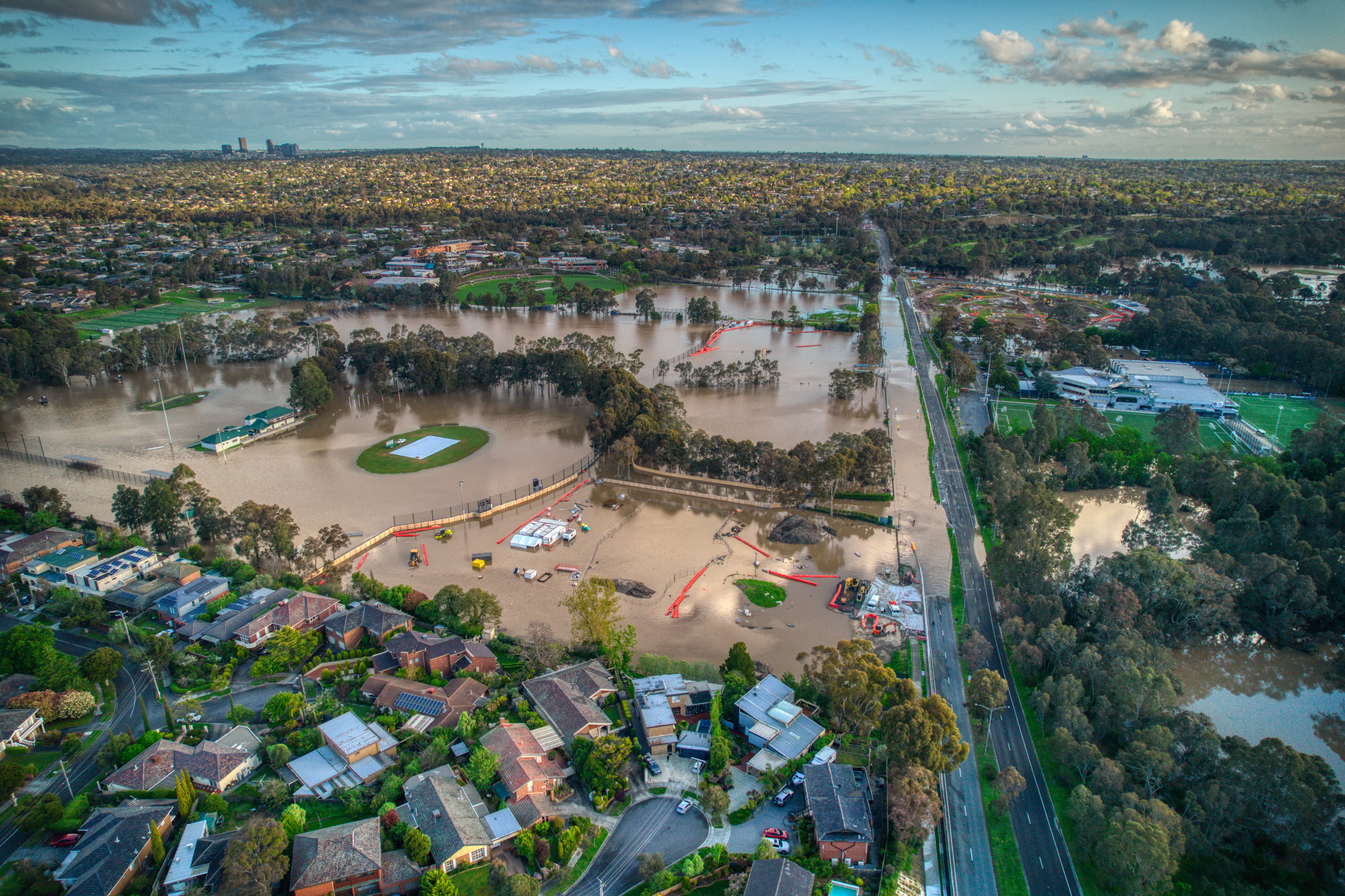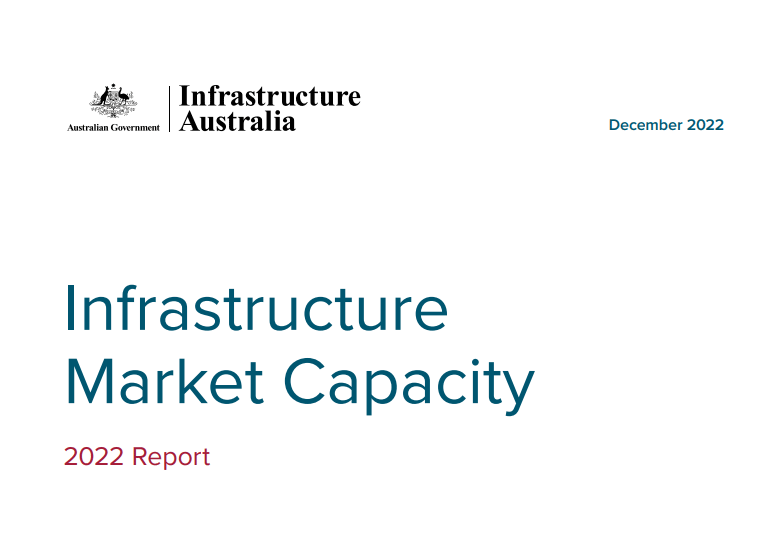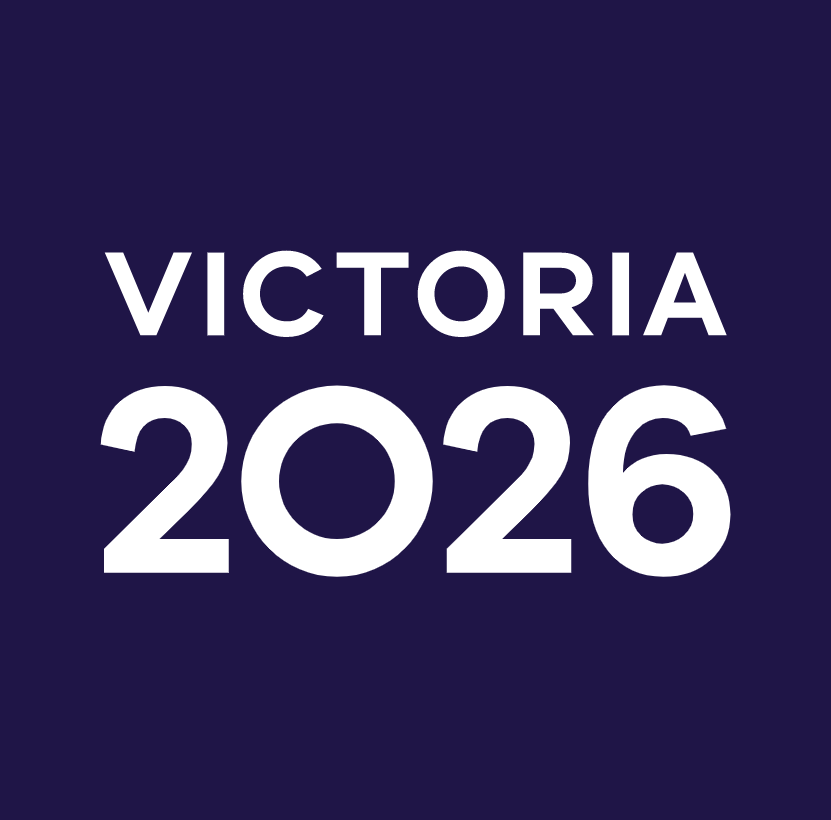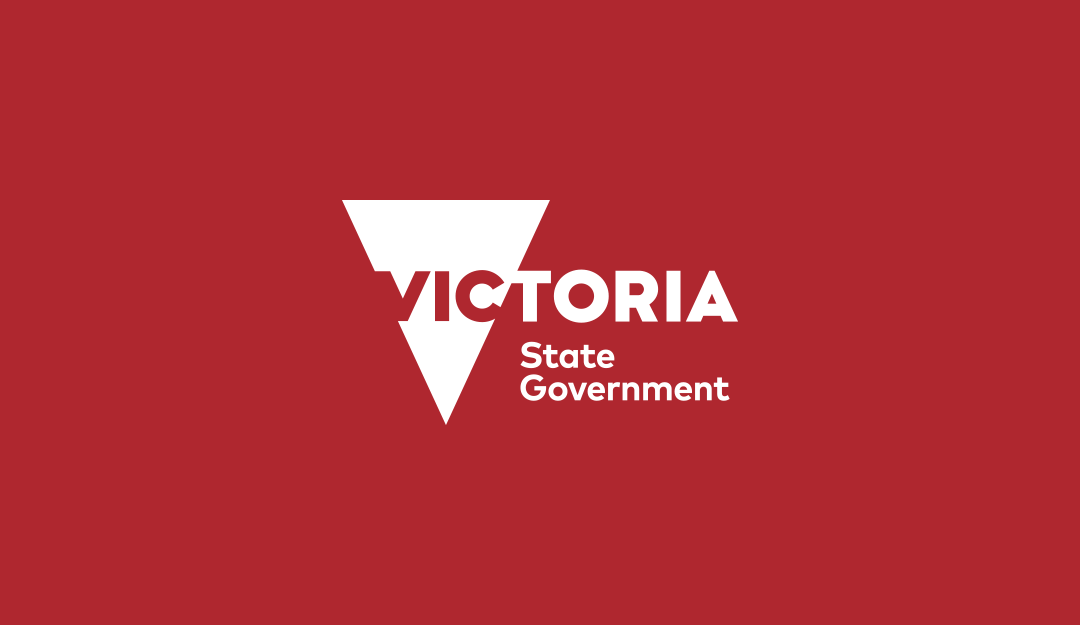Industry and government have the capability, shared responsibility and fresh opportunity to ensure that development in Victoria is delivered in a sustainable, long-term manner that maximises positive outcomes for the community, a landmark industry whitepaper reveals.
The report, Capacity Constraints in the Civil, Land Development and Infrastructure Industries, found the state’s civil contracting, land and urban infrastructure sector continue to face structural and market-based challenges.
The Whitepaper, jointly released by Civil Contractors Federation Victoria, the Association of Land Development Engineers (ALDE) and Urban Development Institute of Australia (UDIA Victoria), puts forward a raft of suggested policy solutions to meet the needs of the community, government and industry.
“Chronic labour and materials shortages, construction productivity losses and significant costs escalation for our members coupled with governance, procurement and policy settings that are misaligned with long-term needs means the sustainability of our industry is at risk,” CCF Victoria CEO Lisa Kinross said.
“This creates an opportunity to pivot and explore the solutions we’re presenting to alleviate short, medium and long-term pressures – ensuring the Government’s ambitious infrastructure program can be confidently and successfully delivered.”
UDIA Victoria CEO Linda Allison said it was important that government and industry work together to deliver positive, meaningful change to meet the needs of community.
“This Whitepaper proposes several solutions, including quick wins such as improving transparency to address governance and policy concerns, and changes to insurance settings to make contract delivery more feasible.”
ALDE President Sehon Pellew said the report also presented an opportunity to address the loss of skills and knowledge as talented civil engineers considered exiting the profession.
“We’ve all seen the crippling resources shortages impacting many sectors over the past few years. This includes professional engineers as well as the labour workforce,” Mr Pellew said.
“Improving industry entry pathways for those with existing and relevant skillsets and longer-term skills pipeline building will ensure infrastructure programs can be successfully delivered now and well into the future.
“There is pressure and shortages across every aspect of the property, land development and infrastructure lifecycle: from the developer side to the engineering and design process to the contractors delivering the finished product. That’s why it’s more important than ever to have a combined approach in collaboration with government.”
Key findings from the report include:
- 25 per cent of Australia’s 200 largest construction companies have operated at a loss over the last two years and 1,709 construction businesses entered administration in April 2023.
- An expected 30-40 per cent increase in building costs borne by developers and the community once fixed price contracts end.
- Long-term taxation and fiscal implications for government, with over 50 per cent of state tax revenue related to construction activity in the past financial year.
Click here to download the Whitepaper, Capacity Constraints in the Civil, Land Development and Infrastructure Industries.
Click here to download the 2 page infographic, Capacity Constraints in the Civil, Land Development and Infrastructure Industries.
For media enquiries and interview requests, contact:
Simon Mossman
Executive Manager – Policy and Public Relations, CCF Victoria
0451 660 980
smossman@ccfvic.com.au
About the CCF
The CCF is the peak national representative body for the Australian civil construction industry representing over 1,900 civil construction companies across the construction supply chain in all jurisdictions ranging from tier 1, 2, 3, 4, SMEs and sole trader business owners.
About the ALDE
The ALDE is a Victoria-based member association, established to provide a forum for land development engineers to connect with their peers, share their knowledge and be inspired by new developments in our industry.
About the UDIA Victoria
The Urban Development Institute of Australia (Victoria division) represents 50,000 individual professionals from over 350 member companies across the state. UDIA Victoria’s purpose is to inform and engage government and industry members, enabling better policy and better business decision-making.


